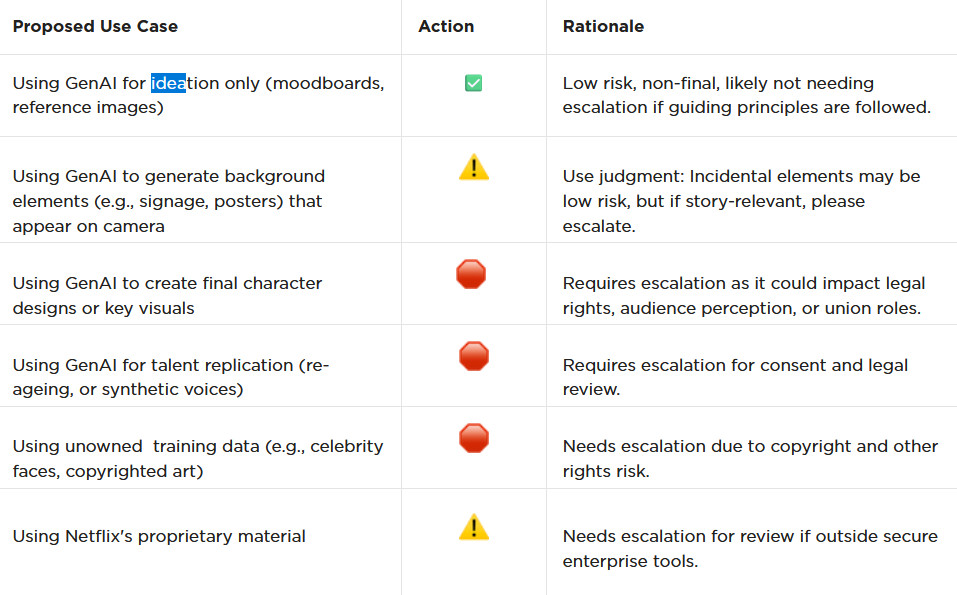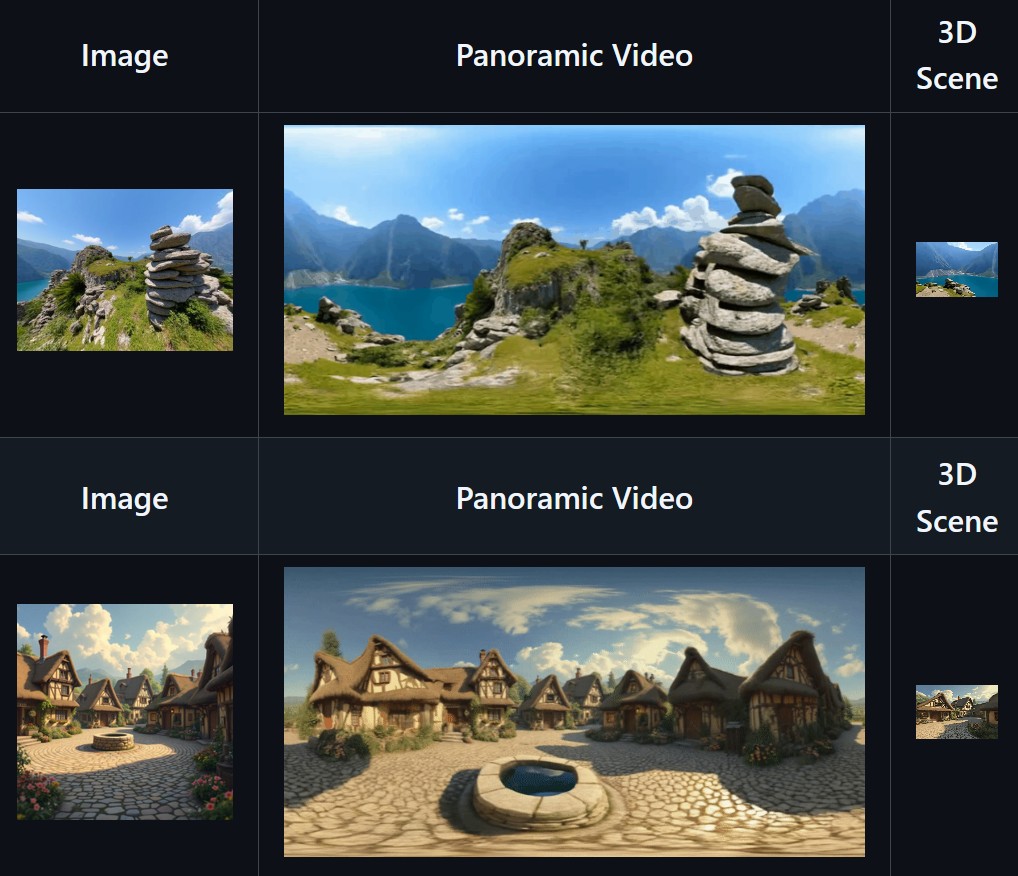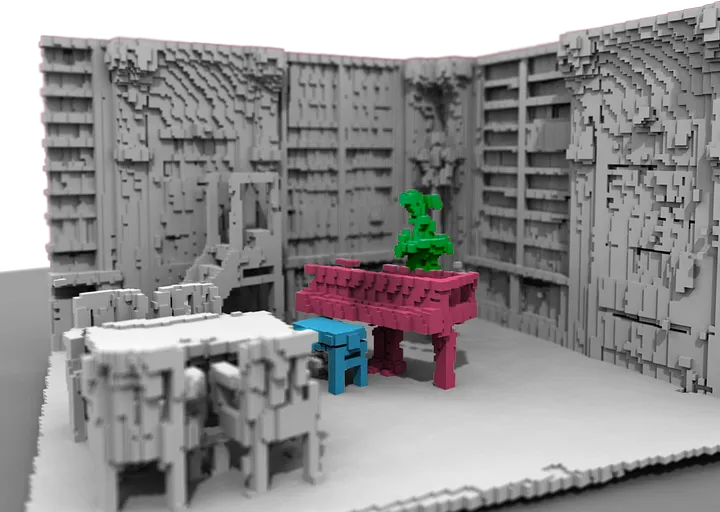BREAKING NEWS
LATEST POSTS
-
Qwen-Image-Edit – Free open-source image editor
https://docs.comfy.org/tutorials/image/qwen/qwen-image-edit
https://huggingface.co/QuantStack/Qwen-Image-Edit-GGUF
Qwen-Image-Edit is the image editing version of Qwen-Image. It is further trained based on the 20B Qwen-Image model, successfully extending Qwen-Image’s unique text rendering capabilities to editing tasks, enabling precise text editing. In addition, Qwen-Image-Edit feeds the input image into both Qwen2.5-VL (for visual semantic control) and the VAE Encoder (for visual appearance control), thus achieving dual semantic and appearance editing capabilities.
-
AI 2025 – The house of cards

The gap is covered by venture capitals.
Three possible futures:
Price hikes – users pay $1,000+/year (will they?)
Cost collapse – cheaper GPUs, efficient models, decentralized compute.
Implosion – AI apps and LLMs vanish in a mass shakeout. -
PixiEditor is FRICKIN’ AWESOME
https://github.com/PixiEditor/PixiEditor
PixiEditor is a universal 2D editor that was made to provide you with tools and features for all your 2D needs. Create beautiful sprites for your games, animations, edit images, create logos. All packed up in an intuitive and familiar interface.
-
Andrii Shramko – How to process 20,000 photos for a 3DGS model on a single RTX 4090 using GreenValley International Lidar360MLS
The goal was ambitious: to generate a hyper-detailed 3DGS scan from a massive dataset—20,000 drone photos at full resolution (5280x3956px). All of this on a single machine with just one RTX 4090 GPU.
What was the problem?
Most existing tools simply can’t handle this volume of data. For instance, Postshot, which is excellent for many tasks, confidently processed up to 7,000 photos but choked on 20,000—it ran for two days without even starting the model training.
The Breakthrough Solution.
The real discovery was the software from GreenValley Internationalhttps://www.greenvalleyintl.com/LiDAR360MLS
Their approach is brilliant: instead of trying to swallow the entire dataset at once, the program intelligently divides it into smaller, manageable chunks, trains each one individually, and then seamlessly merges them into one giant, detailed scene. After 40 hours of rendering, we got this stunning 103 million splats PLY result:
(more…) -
AI and the Law – Netflix : Using Generative AI in Content Production
https://www.cartoonbrew.com/business/netflix-generative-ai-use-guidelines-253300.html
- Temporary Use: AI-generated material can be used for ideation, visualization, and exploration—but is currently considered temporary and not part of final deliverables.
- Ownership & Rights: All outputs must be carefully reviewed to ensure rights, copyright, and usage are properly cleared before integrating into production.
- Transparency: Productions are expected to document and disclose how generative AI is used.
- Human Oversight: AI tools are meant to support creative teams, not replace them—final decision-making rests with human creators.
- Security & Compliance: Any use of AI tools must align with Netflix’s security protocols and protect confidential production material.


-
SkyworkAI Matrix-3D – Omnidirectional Explorable 3D World Generation
https://github.com/SkyworkAI/Matrix-3D
Matrix-3D utilizes panoramic representation for wide-coverage omnidirectional explorable 3D world generation that combines conditional video generation and panoramic 3D reconstruction.
- Large-Scale Scene Generation : Compared to existing scene generation approaches, Matrix-3D supports the generation of broader, more expansive scenes that allow for complete 360-degree free exploration.
- High Controllability : Matrix-3D supports both text and image inputs, with customizable trajectories and infinite extensibility.
- Strong Generalization Capability : Built upon self-developed 3D data and video model priors, Matrix-3D enables the generation of diverse and high-quality 3D scenes.
- Speed-Quality Balance: Two types of panoramic 3D reconstruction methods are proposed to achieve rapid and detailed 3D reconstruction respectively.

-
Zibra.AI – Real-Time Volumetric Effects in Virtual Production. Now free for Indies!

A New Era for Volumetrics
For a long time, volumetric visual effects were viable only in high-end offline VFX workflows. Large data footprints and poor real-time rendering performance limited their use: most teams simply avoided volumetrics altogether. It’s similar to the early days of online video: limited computational power and low network bandwidth made video content hard to share or stream. Today, of course, we can’t imagine the internet without it, and we believe volumetrics are on a similar path.
With advanced data compression and real-time, GPU-driven decompression, anyone can now bring CGI-class visual effects into Unreal Engine.
From now on, it’s completely free for individual creators!
What it means for you?
(more…)
FEATURED POSTS
-
Mohsen Tabasi – Stable Diffusion for Houdini through DreamStudio
https://github.com/proceduralit/StableDiffusion_Houdini
https://github.com/proceduralit/StableDiffusion_Houdini/wiki/
This is a Houdini HDA that submits the render output as the init_image and with getting help from PDG, enables artists to easily define variations on the Stable Diffusion parameters like Sampling Method, Steps, Prompt Strength, and Noise Strength.
Right now DreamStudio is the only public server that the HDA is supporting. So you need to have an account there and connect the HDA to your account.
DreamStudio: https://beta.dreamstudio.ai/membership
-
AI and the Law – Netflix : Using Generative AI in Content Production
https://www.cartoonbrew.com/business/netflix-generative-ai-use-guidelines-253300.html
- Temporary Use: AI-generated material can be used for ideation, visualization, and exploration—but is currently considered temporary and not part of final deliverables.
- Ownership & Rights: All outputs must be carefully reviewed to ensure rights, copyright, and usage are properly cleared before integrating into production.
- Transparency: Productions are expected to document and disclose how generative AI is used.
- Human Oversight: AI tools are meant to support creative teams, not replace them—final decision-making rests with human creators.
- Security & Compliance: Any use of AI tools must align with Netflix’s security protocols and protect confidential production material.


-
Photography basics: Color Temperature and White Balance
Color Temperature of a light source describes the spectrum of light which is radiated from a theoretical “blackbody” (an ideal physical body that absorbs all radiation and incident light – neither reflecting it nor allowing it to pass through) with a given surface temperature.
https://en.wikipedia.org/wiki/Color_temperature
Or. Most simply it is a method of describing the color characteristics of light through a numerical value that corresponds to the color emitted by a light source, measured in degrees of Kelvin (K) on a scale from 1,000 to 10,000.
More accurately. The color temperature of a light source is the temperature of an ideal backbody that radiates light of comparable hue to that of the light source.
(more…)







